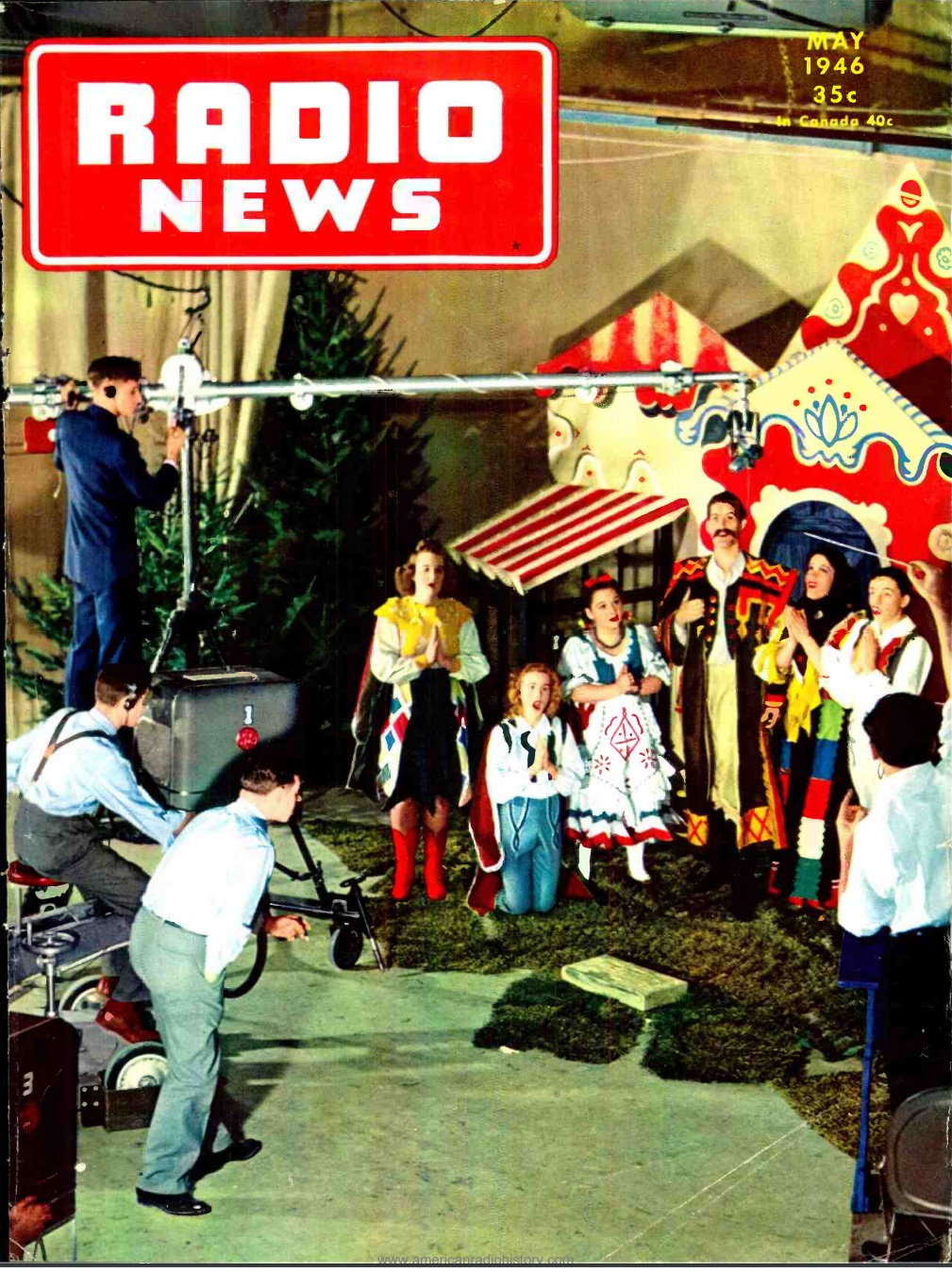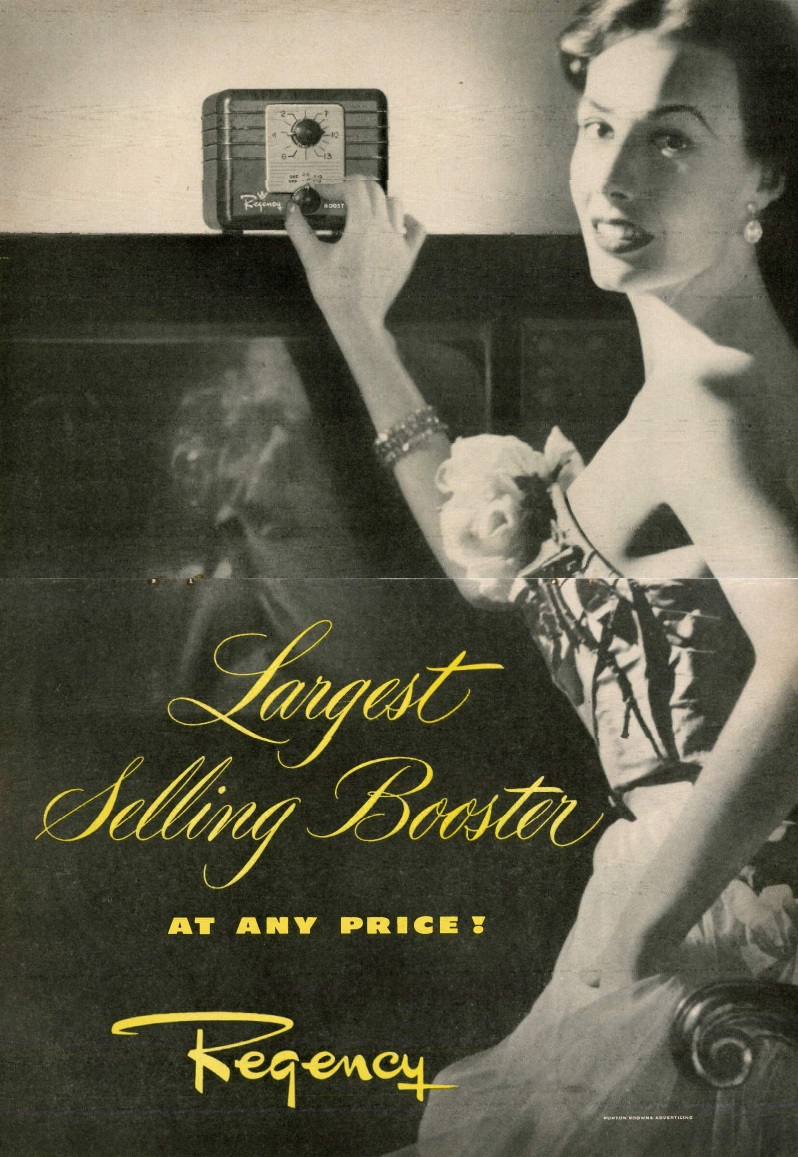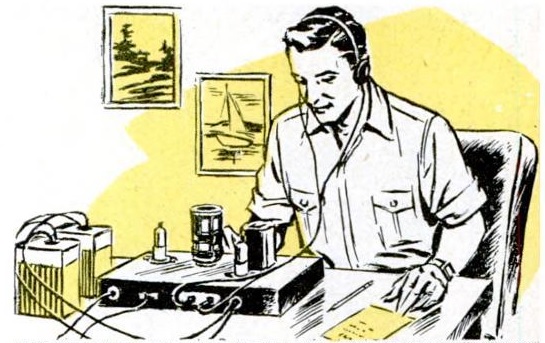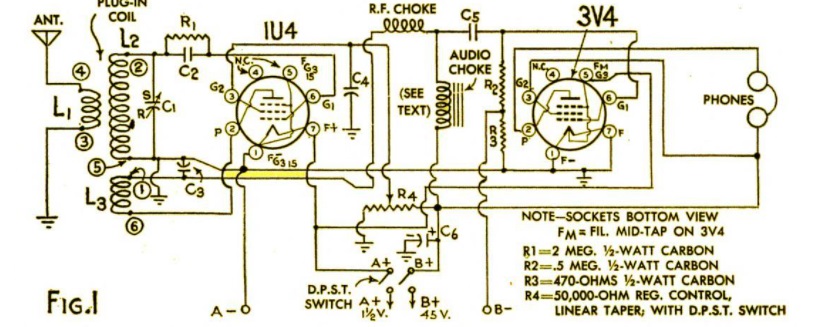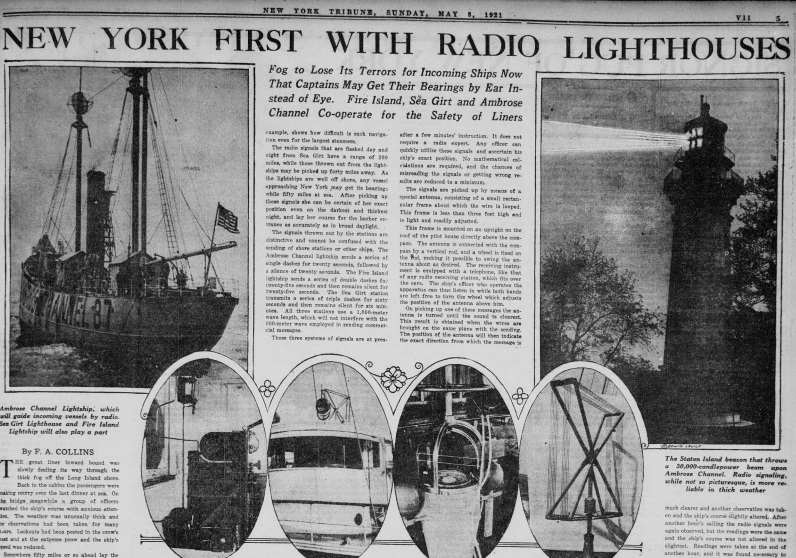 A hundred years ago this month, the May 1922 issue of Talking Machine World carried this ad promoting the song “Nestle In Your Daddy’s Arms” from its publisher, Leo. Feist Inc., located in the Feist Building, New York City. Presumably, everyone knew where that was, since the ad didn’t bother giving the address. But for those of us not in the know, it was at 231 W. 40th Street.
A hundred years ago this month, the May 1922 issue of Talking Machine World carried this ad promoting the song “Nestle In Your Daddy’s Arms” from its publisher, Leo. Feist Inc., located in the Feist Building, New York City. Presumably, everyone knew where that was, since the ad didn’t bother giving the address. But for those of us not in the know, it was at 231 W. 40th Street.
The song is performed in this video on Columbia Records by Frank Crumit. If that name sounds familiar, it’s because we previously profiled his wife, Julia Sanderson, with whom he went on to have a popular radio program. He’s also famous for his thousands of ukulele recordings.
And here it is on the player piano:
You can hear a Victor recording by a quartet at this Library of Congress link.
Music for band in 23 parts is available at this link, and sheet music for piano is available at this link, where it is revealed that the song was penned by Lou Herscher and Joe Burke. Burke went on to pen “Tiptoe through the Tulips” in 1929 and Rambling Rose in 1948. It’s unclear which
came first, but the sheet music also contains French lyrics, “Repose Mon Enfant sur mon Épaule” written by Jean Nelis.

